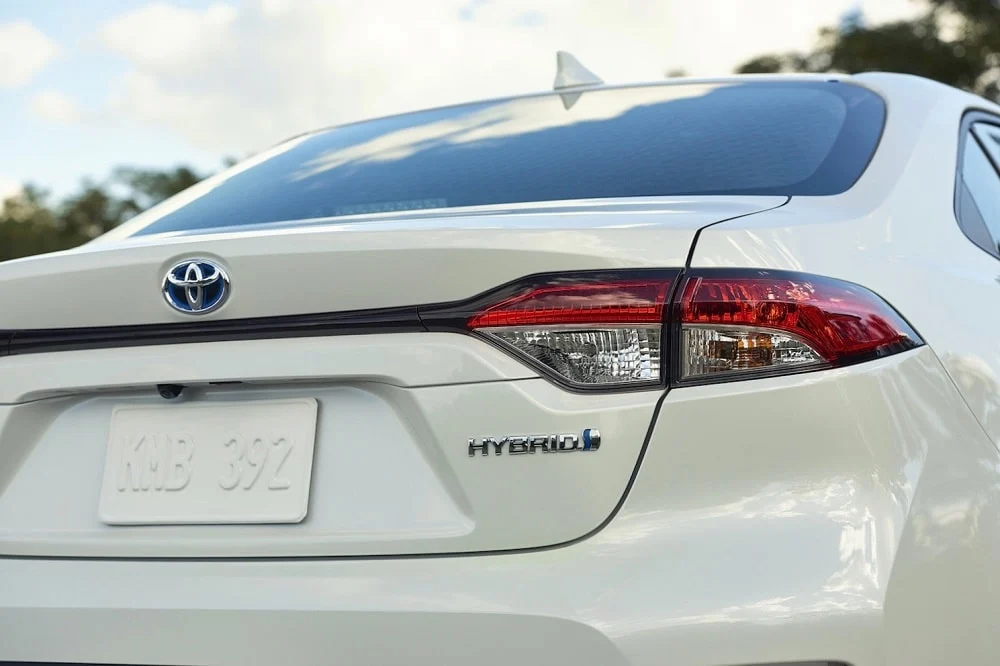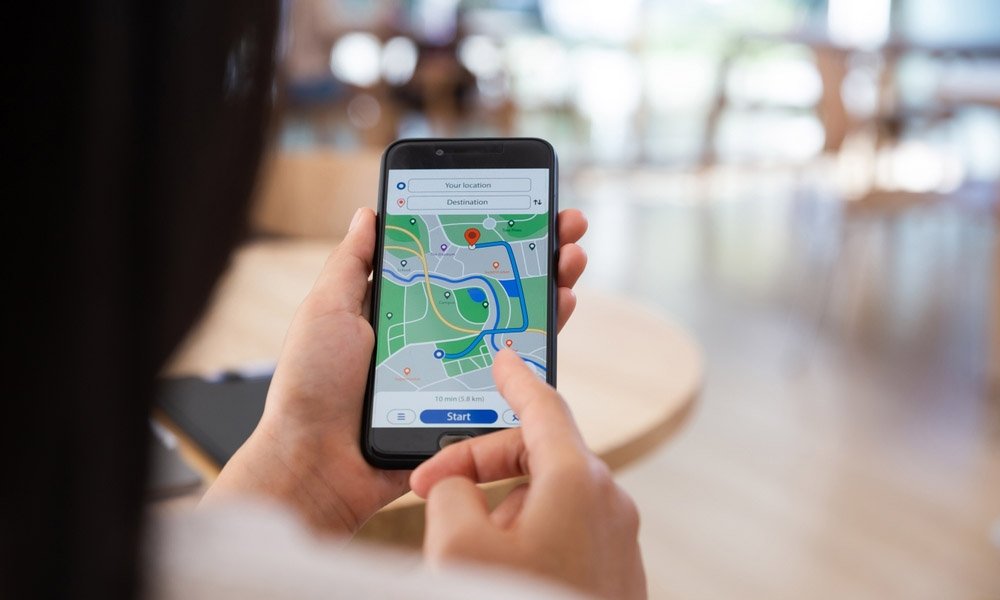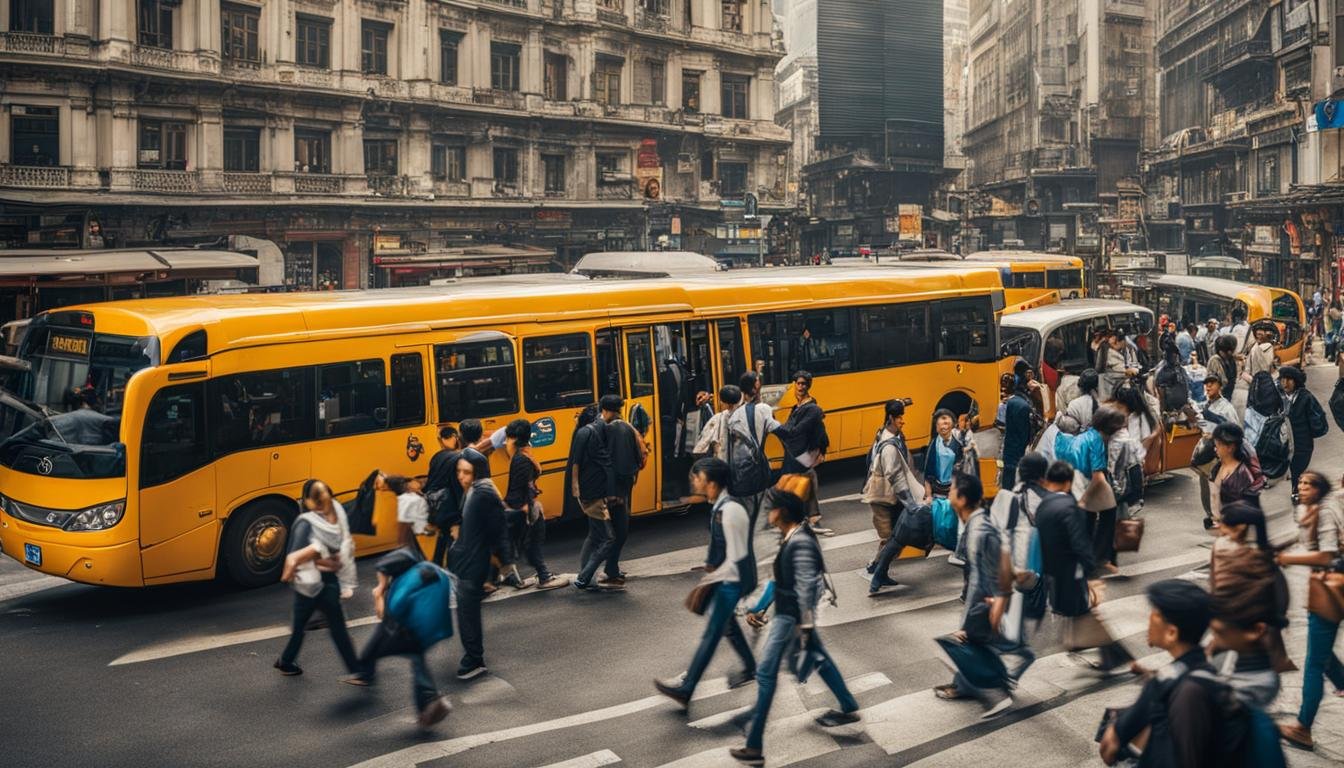Transportation apps have transformed the way we navigate our cities, offering convenient solutions to make daily commuting easier, faster, and more efficient. From traffic updates to ride-sharing options, these apps have revolutionized the daily travel experience. In this post, we’ll explore how transportation apps improve daily commuting and why they’ve become an essential tool for modern travelers.

Real-Time Traffic and Route Updates
One of the key ways transportation apps improve daily commuting is by providing real-time traffic and route updates. Apps like Google Maps, Waze, and Apple Maps track current traffic conditions and offer alternative routes to avoid congestion. Whether you’re driving or using public transit, these apps help you make informed decisions about the quickest and most efficient routes.
By receiving live traffic updates, commuters can avoid delays caused by accidents, road closures, or heavy traffic. This leads to shorter travel times and reduces stress, making daily commuting less frustrating.
Ride-Sharing and Carpooling Options
Ride-sharing apps like Uber, Lyft, and local carpool services have become a popular alternative to traditional taxis and solo driving. These apps connect commuters with drivers in their area, allowing them to share rides and split costs. By offering flexible options such as carpooling, these apps reduce the number of cars on the road, helping to alleviate traffic congestion and reduce pollution.
Ride-sharing apps also provide a more affordable way to travel, especially for individuals who don’t own a car or prefer not to drive. With the convenience of a few taps, commuters can book a ride on-demand and avoid the hassle of parking or navigating busy streets.
Integration with Public Transit
Many transportation apps integrate public transit schedules, offering seamless access to buses, trains, subways, and trams. Apps like Citymapper and Transit provide real-time data on public transportation routes, arrival times, and delays, helping commuters plan their journeys with ease.
By combining information about different transit options, these apps enable users to switch between modes of transport—such as walking, biking, or taking a bus—making commuting more efficient and accessible. This integration allows commuters to choose the best combination of transportation methods, depending on their preferences and time constraints.
Enhanced Safety Features
Transportation apps have also introduced features that enhance commuter safety. Many ride-sharing apps, for instance, include built-in safety features like GPS tracking, emergency buttons, and driver ratings. These tools give users peace of mind while traveling, knowing they can access support if needed.
In addition, some apps allow users to share their ride details with friends or family, adding an extra layer of security for those traveling alone, especially late at night. With these safety features, transportation apps help reduce anxiety and make commuting more secure for users.
Convenient Payment Options
Gone are the days of carrying cash or searching for your wallet at the bus stop. Transportation apps have simplified payments by offering digital payment solutions such as credit card integration, mobile wallets, and contactless payment options. This makes paying for your daily commute faster and more convenient.
For those using ride-sharing or public transit, these apps automatically calculate fares and process payments, eliminating the need for cash transactions or counting loose change. Additionally, many apps offer payment systems that store payment details, saving commuters the hassle of entering information each time they travel.
Multi-Mode Transport Solutions
Transportation apps are increasingly offering multi-mode transport solutions, allowing users to combine various forms of transportation. For example, apps may offer options that include a combination of walking, biking, public transit, and even scooter rentals, all within the same platform.
This flexibility allows commuters to choose the best modes of transport based on factors like time, cost, and convenience. Apps such as Lime, Bird, and Bolt have introduced e-scooter rentals, which can be used in conjunction with other forms of public transport, offering commuters a quick and eco-friendly way to travel short distances.
Conclusion
Transportation apps have drastically improved daily commuting by offering real-time traffic updates, ride-sharing options, public transit integration, safety features, and convenient payment solutions. These innovations have made commuting faster, safer, and more convenient, providing users with the flexibility to choose the best transport methods for their needs. As technology continues to evolve, transportation apps will only become more advanced, making the daily commute even easier and more efficient.











